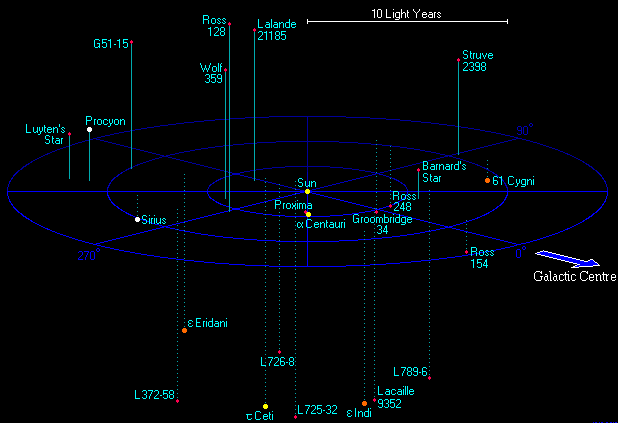A light-year is a unit of length used to measure astronomical distances. It is defined as the distance light travels in a vacuum during one Julian year, which is approximately 365.25 days. A light-year is equal to roughly 9.46 trillion kilometers or 5.88 trillion miles. Though the term includes "year," it should not be confused with a unit of time.
1964: Previous IAU System of Astronomical Constants
Before the 1976 definition, the IAU (1964) System of Astronomical Constants, used from 1968 to 1983, defined the light-year using the tropical year and a measured speed of light.
1968: Use of the 1964 IAU System
The IAU (1964) System of Astronomical Constants, which included a different definition of the light-year, came into use in 1968.
1973: Allen's Astrophysical Quantities
C. W. Allen's 1973 reference work, "Astrophysical Quantities," likely included a light-year calculation based on Simon Newcomb's work and a then-accepted speed of light.
1976: IAU Definition of the Light-Year
In 1976, the International Astronomical Union (IAU) defined the light-year based on the Julian year (365.25 days) and the speed of light (299,792,458 m/s).
1983: End of the 1964 IAU System
The IAU (1964) System of Astronomical Constants, with its definition of the light-year based on the tropical year and a measured speed of light, was superseded in 1983.
1984: IAU System of Astronomical Constants
The IAU's 1976 definition of the light-year, along with its defined values for the Julian year and the speed of light, became part of the IAU (1976) System of Astronomical Constants. This system was used starting in 1984.
2000: Update to Astrophysical Quantities
C. W. Allen's "Astrophysical Quantities" was updated in 2000, incorporating the IAU (1976) definition of the light-year.
2006: ISO 80000 Standard
The International Organization for Standardization (ISO) published the ISO 80000:2006 standard, which included the abbreviation "l.y." for the light-year.
Mentioned in this timeline

A light-year is a unit of length used to measure...
Trending

8 months ago Mark Williams' Status Uncertain for Friday's Game; Will Rest on Sunday.

7 months ago Larry David's 'Curb' parallels Trump & Sesame Street's Netflix deal amid crisis.
4 months ago Brandon Blackstock, Kelly Clarkson's Ex-Husband, Died at 48 from Melanoma: Son's Tribute

8 months ago Keith Urban Discusses Love Songs, Vocal Surgery Impact, and Musical Experimentation
Shaedon Sharpe is a Canadian professional basketball player currently playing for the Portland Trail Blazers in the NBA He was...
20 days ago HBO Max Offers Huge Black Friday Discount: One Year for Just $36!
Popular

Candace Owens is an American conservative political commentator and author...

Ilhan Omar is an American politician currently serving as the...

XXXTentacion born Jahseh Dwayne Ricardo Onfroy was a controversial yet...

Tom Cotton is an American politician and Army veteran currently...

Oprah Winfrey an American talk show host television producer actress...
Matt and Ross Duffer known as the Duffer Brothers are...